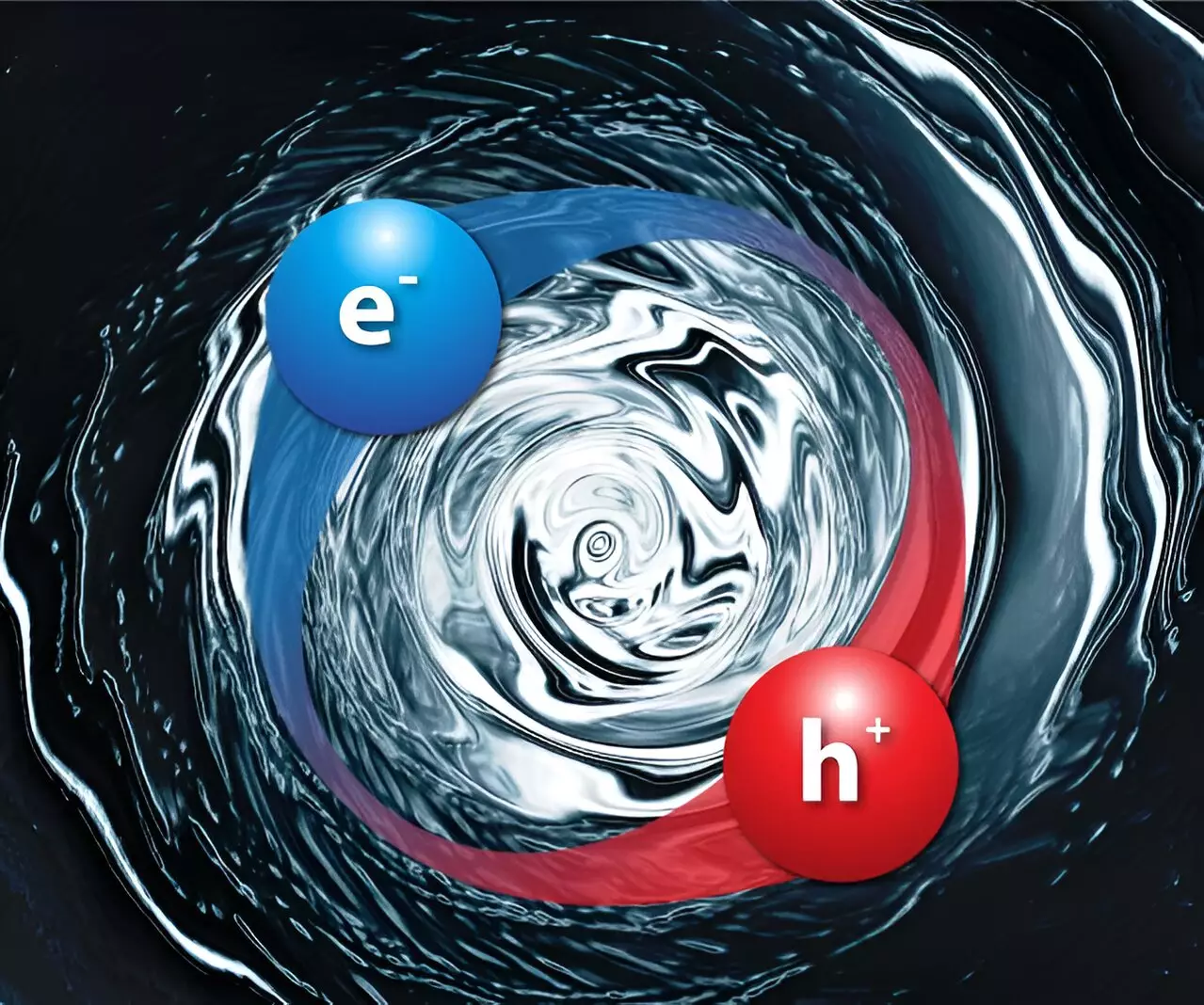The landscape of condensed matter physics is ever-evolving, with researchers continuously probing the complexity of materials to uncover new phenomena. Recently, a groundbreaking study by professor Bruno Uchoa and postdoctoral fellow Hong-yi Xie at the University of Oklahoma has made significant strides in our understanding of excitons, particularly through the lens of topology. Their research, published in *Proceedings of the National Academy of Sciences*, elucidates a prediction that could have far-reaching implications for future quantum devices.
Excitons, a fundamental concept in the realm of semiconductor physics, are formed when an electron binds with a hole—essentially a positive charge lacking an electron. This binding creates a quasi-particle that plays a crucial role in various applications, particularly in photovoltaic cells and light-emitting devices. Traditionally, excitons have been well-characterized in insulators and semiconductors, but the proposed emergence of a new variety—topological excitons—opens avenues for innovations previously thought unattainable.
Uchoa and Xie’s research concentrates on Chern insulators, a unique class of materials characterized by their ability to support edge states that conduct electricity while remaining insulating in the bulk. This feature positions Chern insulators as vital components of modern electronic applications. The innovative aspect of their work lies in predicting how excitons formed in these materials can carry topological properties, which have strings of mathematical significance.
Understanding Topology and Its Relevance
At the heart of their research is topology, a mathematical field concerned with qualitative properties of shapes and spaces that remain invariant under continuous transformations. For instance, while a donut and a coffee mug may look different, they share essential topological traits due to their holes. This analogy is pivotal to grasping how Chern insulators function. The concept of “churn,” a central topic in topology, provides a framework for expressing the defining characteristics of these materials quantitatively—using integers to represent their states.
The unique aspect of Chern insulators is their ability to facilitate electron movement along the edges while curtailing bulk conductivity. As Uchoa points out, this property enables if “electrons to orbit the edge of a material” while also creating “unidirectional currents,” which can be measured in discrete units. This foundational knowledge gives way to the intriguingly rich interplay of electron behavior and light, leading to the formation of topological excitons.
The crux of Uchoa and Xie’s prediction revolves around the idea that excitons generated by illuminating Chern insulators will adopt the non-trivial topological characteristics of their parent electron and hole constituents. This discovery is profound as it positions excitons not just as byproducts of electron interactions but as active entities retaining crucial properties of their environment.
Under specific conditions, these newly predicted topological excitons could decay by releasing energy in the form of circularly polarized light. This ability carries significant implications for the development of advanced optical devices. Xie emphasizes that these excitons can be harnessed to craft novel optical applications that push the boundaries of technology—particularly in the realm of quantum computing.
Future Implications for Quantum Devices
The ramifications of harnessing topological excitons extend far beyond theoretical significance. The prospect of creating a neutral superfluid from excitons could facilitate the development of powerful polarized light emitters, which are integral in next-generation photonic devices. Furthermore, as Uchoa notes, these excitons could be instrumental in improving quantum communication technologies, particularly in engineering qubits that rely on their vorticity or emitted light polarization.
The fusion of topology with condensed matter physics not only enhances our understanding of excitons but potentially engenders a new generation of optoelectronic devices. As researchers continue to mine this intersection for innovative applications, the prospects for quantum technologies become remarkably promising. By delving into emerging phenomena like topological excitons, we edge closer to a future where quantum devices are more efficient, reliable, and capable of tackling some of the most challenging problems in physics and computation alike.

